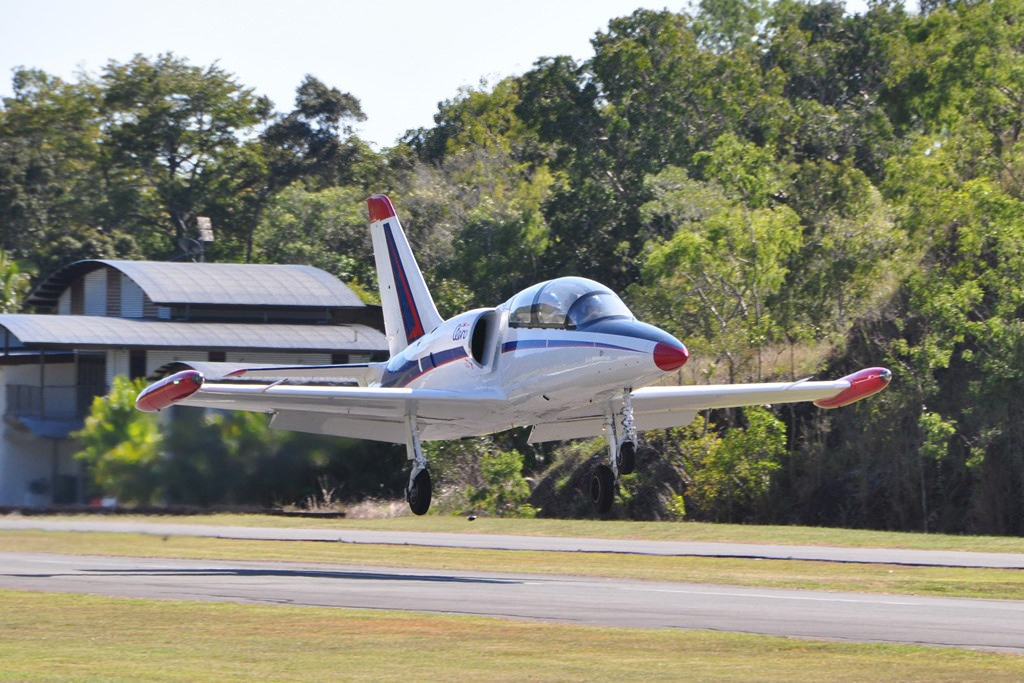
The Czechoslovakian L-39 was built as the successor to their earlier trainer. Design work began in 1966, and the first prototype made its initial flight on 4 November 1968. The idea of the design was to marry an efficient, powerful turbofan engine to a sleek, streamlined fuselage, resulting in a strong, economical performer which would become the next standard jet trainer for the Warsaw Pact. Full-scale production was delayed until late 1972 due to apparent problems with the design of the air intakes, but these difficulties were overcome and the type went on to be a great success with the Soviet, Czech and East German air forces, among others. Three main variants were produced.
The L-39C was built as a pure trainer and was used by numerous air forces throughout Eastern Europe beginning in 1974 and continuing through today. The armed weapons-trainer variant is called the L-39ZA, and a close-support and ground-attack version is called the L-39ZO. In addition to those mentioned above, the L-39 has been exported to numerous countries, including Afghanistan, Bulgaria, Hungary, Romania, Iraq, Libya, Estonia, and Kyrghyzstan. A modernized derivative of the Albatros, the L-59, is still being built in the Czech Republic. Another modernized, but very different version, the L-39MS, actually has much more in common with the L-59 than the L-39, despite its designation.
* Type: Two-seat advanced trainer, or close support aircraft
* Wing Span: 31 feet
* Length: 39 feet
* Max Take-off Weight: 10,362 lbs
* Total Built: About 3,200, with over 2,100 purchased by the Soviet Air Force
* Countries Using L-39’s: Russia, Syria, Libia, Iraq (until the first day of Desert Storm in ’91), Iran (guess where the Iraq Air Force went), Egypt, with one of the largest contingents being the US civilian market (about 150)
* Powerplant: Ivenchenko AI-25TL Turbofan Axial Flow jet, 9 stage high pressure compressor with a 2:1 bypass. 3875 lbs. thrust.
* APU: Saphire 5 gas turbine generator (used for onboard air delivery to the air starter on the engine).
* Maximum Speed: 0.8 Mach
* Cruising Speed: 340 kts
* Service Ceiling: 37,000 feet
* Final Approach Speed: 120 kts
* Stall Speed Dirty: 89 kts
* Maximum G Load: +8, -4
